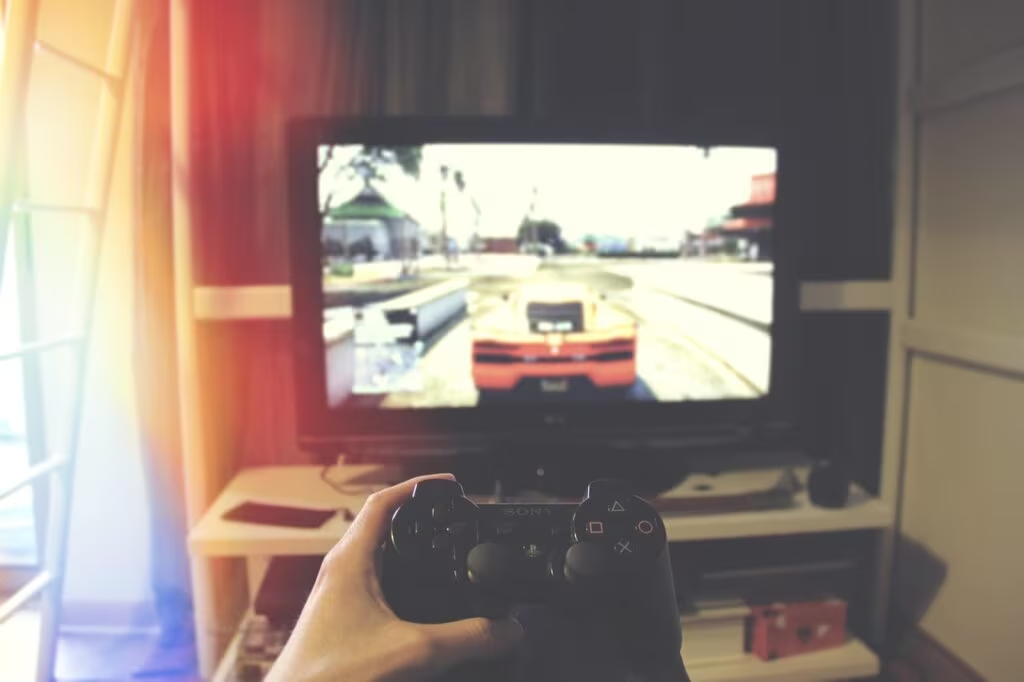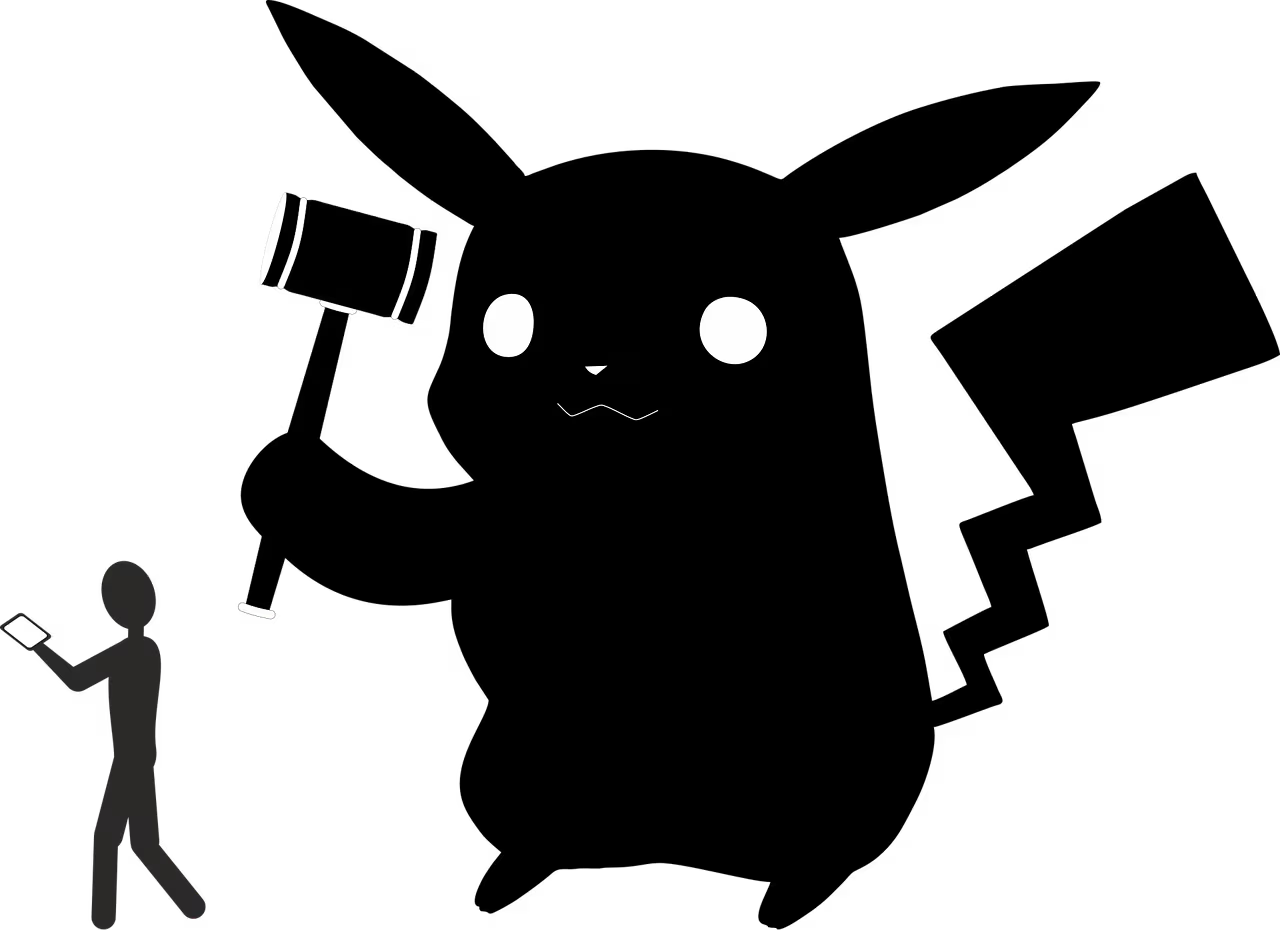Major Intellectual Property Ruling: Nintendo Denied Patent for Core Pokémon Capture System
The Japan Patent Office (JPO) has officially rejected a high-profile patent application filed by Nintendo Co., Ltd. that sought to secure exclusive intellectual property rights over the fundamental mechanic of capturing creatures in a video game, the system famously utilized in the globally successful Pokémon franchise.
This decision, which preserves the mechanic’s status in the public domain, has significant implications for the video game industry, particularly for developers creating games within the popular ‘monster-catching’ genre. Had the patent been granted, Nintendo would have held the exclusive right to a core gameplay loop involving weakening a creature and attempting to capture it using a specialized item.

Understanding the Patent Claim and the JPO’s Reasoning
Nintendo’s application focused on the specific sequence and methodology used to acquire a creature in games like Pokémon Scarlet and Pokémon Violet. This mechanic is not merely the act of throwing a ball, but a complex, multi-step process that has defined the franchise for decades.
The Core Mechanic Under Review
The patent claims centered on the combination of several distinct, sequential steps that define the capture process:
- Weakening the Target: The player must first engage the wild creature in battle and reduce its health (HP) to a low level, often while inflicting status effects (like sleep or paralysis) to increase the capture probability.
- Applying the Capture Device: The player uses a specialized item, such as a Poké Ball, on the weakened creature.
- Calculation and Outcome: The game software performs a complex calculation based on the creature’s remaining health, the type of capture device used, and the creature’s inherent capture rate. This calculation determines the success or failure of the capture attempt.
Grounds for Rejection: Lack of Novelty
While the specific combination of these elements is central to Pokémon, the JPO determined that the mechanic, when viewed through the lens of patent law, lacked the necessary novelty and inventiveness required for protection. Patent offices globally often reject applications for gameplay mechanics that are deemed obvious or that rely on combinations of previously known techniques—a concept known as prior art.
In essence, the JPO likely found that the concept of reducing a target’s resistance before attempting a capture is a long-established trope in gaming and other forms of media, making the specific implementation in Pokémon an obvious application of existing principles, rather than a unique invention.
The Significance of Game Mechanic Patents
The rejection highlights the high bar intellectual property offices set for protecting fundamental gameplay mechanics. While specific code, character designs, and artistic assets are easily protected by copyright, patenting a core functional mechanic is notoriously difficult.
Precedent and Industry Impact
This ruling aligns with a general industry trend favoring competition and innovation over monopolistic control of basic gameplay loops. If Nintendo had succeeded, it could have set a restrictive precedent, potentially forcing other developers to drastically alter or abandon games that feature similar creature collection or capture systems.
For the massive community of developers creating monster-taming RPGs—a genre that has seen a significant resurgence in recent years—the JPO’s decision is a major relief. It ensures that the core concept of battling and capturing creatures remains a free element of game design, fostering diversity and competition.

Distinguishing Patents from Copyright
It is crucial to understand that this ruling does not affect Nintendo’s robust protections over the Pokémon brand itself. Nintendo still holds:
- Copyright: Protecting the specific artwork, music, dialogue, and code used in the games.
- Trademarks: Protecting the names (Pokémon, Poké Ball, Pikachu), logos, and distinctive visual elements.
The rejected patent only concerned the abstract method of capture, not the specific implementation or branding.
Implications for the Gaming Ecosystem
This outcome reinforces the principle that fundamental game design elements should generally remain open for use and iteration across the industry. This is particularly relevant in 2025, where cross-platform development and genre blending are key drivers of innovation.
If the patent had been granted, the consequences could have included:
- Licensing Fees: Competitors would potentially have been required to pay Nintendo licensing fees to use any mechanic deemed too similar to the patented capture method.
- Design Constraints: Developers would have been forced to create highly convoluted or non-intuitive capture systems to avoid infringement, potentially harming player experience.
- Legal Uncertainty: Increased litigation risk for smaller studios entering the monster-taming genre.
By rejecting the claim, the JPO has supported a more open environment for game design, benefiting consumers through greater choice and developers through reduced legal barriers to entry.
Key Takeaways
This ruling is a definitive statement on the scope of intellectual property protection for video game mechanics:
- Decision: The Japan Patent Office rejected Nintendo’s patent application for the Pokémon creature capture mechanic.
- Reasoning: The mechanic was deemed to lack sufficient novelty and inventiveness required under patent law, likely due to the existence of prior art.
- Impact on Nintendo: Nintendo retains full copyright and trademark protection over the Pokémon brand, but cannot monopolize the core capture method.
- Industry Benefit: The decision is favorable for the broader gaming industry, particularly developers of monster-taming RPGs, ensuring the mechanic remains freely usable.
Conclusion: Protecting Innovation, Not Mechanics
The rejection of Nintendo’s patent application serves as a reminder that patent law is designed to protect truly novel inventions, not the aggregation of existing, obvious concepts, even if that aggregation is highly successful commercially. For the millions of players and developers worldwide, the ability to weaken a fantastical creature and attempt to capture it remains a universal, unpatented element of gameplay.
This outcome ensures that competition in the monster-taming genre will continue to be driven by creative execution, narrative quality, and unique artistic design, rather than by restrictive intellectual property barriers on core functionality.

Original author: Vikki Blake
Originally published: October 30, 2025
Editorial note: Our team reviewed and enhanced this coverage with AI-assisted tools and human editing to add helpful context while preserving verified facts and quotations from the original source.
We encourage you to consult the publisher above for the complete report and to reach out if you spot inaccuracies or compliance concerns.

